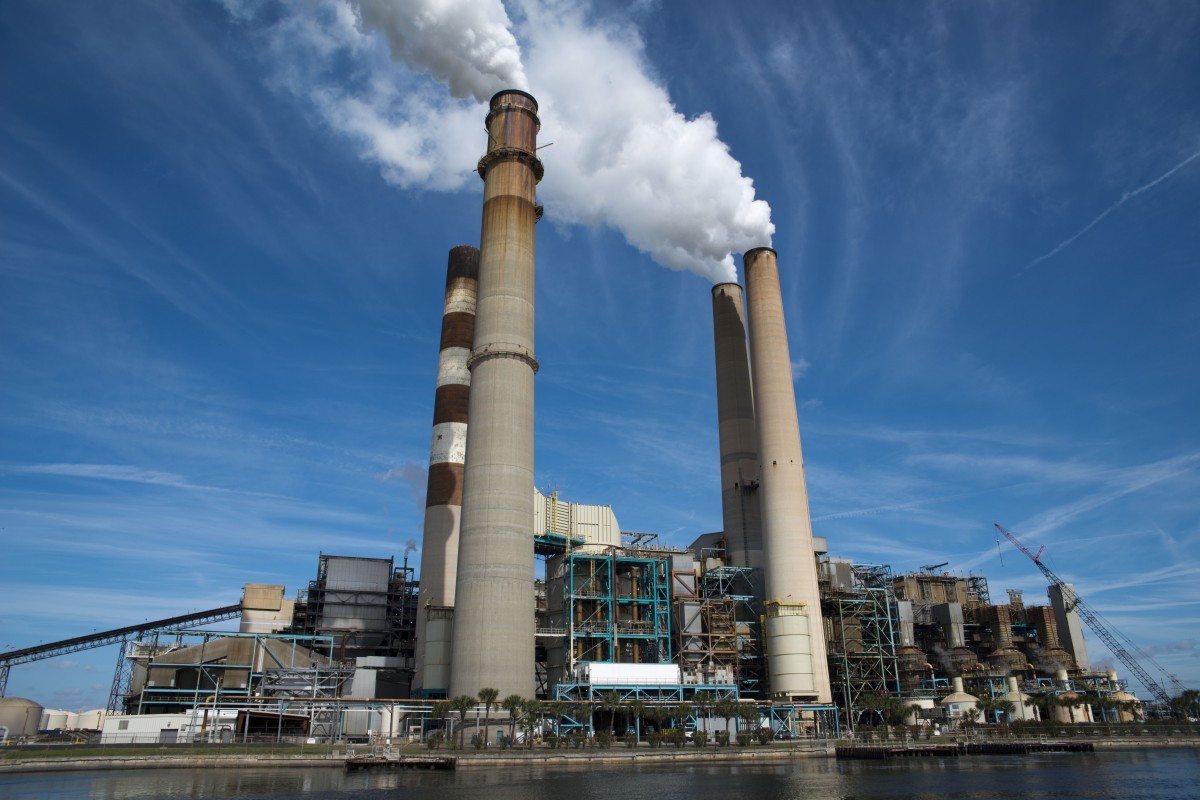The Green New Deal is a proposed plan that sets up programs aimed at remediating climate change and economic inequality in the U.S. The main method to achieving these ambitious goals seems to be the switch from coal, oil and gas power to 100 percent renewable energy sources that don’t release emissions.
Although The Green New Deal, as of right now, is just the starting point for a more detailed initiative, it is gaining serious traction in the media and among the American public.
However, nuclear energy seems to be left out of the deal? Why is that?
Nuclear energy is an extremely efficient type of renewable energy because unlike its counterparts from fossil fuels to alternative forms like solar and wind power, tt can produce energy all day, every day. Our country runs on massive amounts of power and nuclear power plants can not only meet but surpass the capability of our current coal powered plants.
Unlike other renewable energy sources nuclear energy can be implemented more easily into our current energy infrastructure due to its similar style to fossil fuel plants. Nuclear energy plants can be integrated into our current system because the plants are similar in size to existing coal plants. Implementing a nuclear energy plant is easier than finding space for and constructing a solar panel field. Current infrastructure does not account for the land use that wind and solar energy requires and nuclear energy uses less land and space than the alternatives. This makes it one of our best renewable options because land is an increasing commodity.
Most importantly, nuclear energy is a carbon free energy source. With the increase in greenhouse gasses contributing to global climate change we need to reduce carbon emitting fuel sources. Nuclear energy seems to be the perfect solution to our problems.
Perhaps The Green New Deal is excluding nuclear energy due to the negative public perception of nuclear energy due to controversial accidents like those at Fukushima, Chernobyl, Three Mile Island. However, these historical accidents can be traced back to human error from mismanaged plants or improperly maintained buildings. If a nuclear power plant is functioning and run correctly there is not much of a margin for mistakes or accidents. So, while nuclear energy suffers from bad public perception, it actually has few drawbacks.
In reality, there seems to be only one major, legitimate, drawback to nuclear energy production; nuclear waste. The problem is that we don’t have a permanent disposal method for radioactive waste. Despite the fact that most of the waste is able to be recycled. In addition, other energy sources have major drawbacks that are equally problematic. Solar and wind energy use a lot of land bringing problems like deforestation, induced erosion, ecological disruption, and more. Coal, gas, and oil have environmentally degrading mining practices and carbon emissions that are contributing to climate change. There are human health issues and consequences to almost everything we do, so where are we drawing the line?
Overall, nuclear is by far the easiest to implement into our current system, produces the most energy and is a zero-emission energy source making it the best energy option. Nuclear shouldn’t cause more alarm than the dangers of coal mining and fracking, which has even more horrific consequences on our planet and human health. Nuclear energy should not be cast aside due to a few mishaps that occurred in the past. Instead, we should focus on investing in nuclear energy plants that will offer us safe and efficient energy production for our ever-growing needs. In the end, it appears nuclear energy is our best hope at a reliable, carbon-free alternative to fossil fuel energy sources and therefore should be implemented into the Green New Deal. Excluding nuclear energy from the deal is only making the goals of the deal seem more ambitious than they’re already being criticized for.























[…] Source link […]